
In addition to his work study pimavanserin in treating dementia-related psychosis, the director of the Banner Alzheimer’s Institute commented on the potential for aducanumab in Alzheimer disease.

In addition to his work study pimavanserin in treating dementia-related psychosis, the director of the Banner Alzheimer’s Institute commented on the potential for aducanumab in Alzheimer disease.

The director of Banner Alzheimer’s Institute spoke on the importance of biomarkers in Alzheimer disease, as well as the ongoing improvements in digital technologies.

Following the COVID-19 pandemic, investigators are seeing a shift towards remote trials in an effort to avoid participants having to be in-person at a brick-and-mortar site.
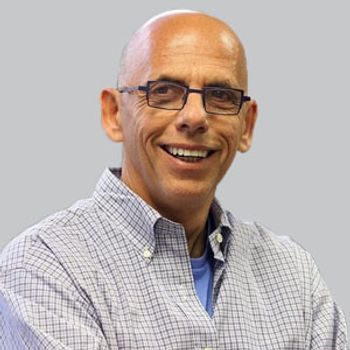
Jacobo Mintzer, MD, MPA, discussed a wide range of Alzheimer disease related topics, including the use of methylphenidate, reactions to AAIC, and the aducanumab approval.

The director of the Banner Alzheimer’s Institute discussed areas of success and those facing challenges for Alzheimer disease clinical trials.

The director of the Alzheimer’s Prevention Clinic at Weill Cornell Medicine discussed the topics and ideas that clinicians should look forward to at the 2021 International Congress on the Future of Neurology.

The global head of Neurodegeneration at Roche/Genentech offered her insights on additional analysis of the DIAN-TU trial of gantenerumab and perspectives on biomarker data.
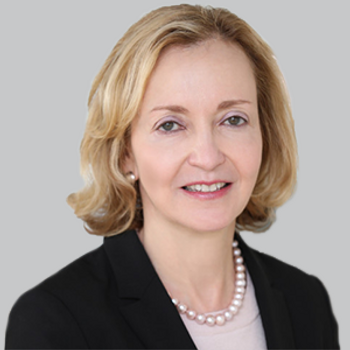
The toolkit’s assays contain several biomarkers, including Aß 1-42, Aß 1-40, α-syn, GFAP, IL-6, neurogranin, NfL, phosphotau181, S100B, sTREM2, total tau, and YKL-40.
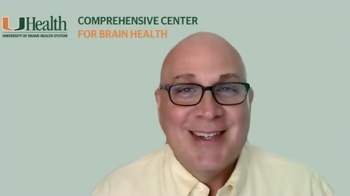
The director of the Comprehensive Center for Brain Health at the University of Miami Miller School of Medicine discussed the real-world level of dementia education and where it needs improvement.

The director of the Comprehensive Center for Brain Health at the University of Miami Miller School of Medicine discussed employing the MoCA-T app as a means of cognitive screening in rural and ethnically diverse populations.

The director of the Center for Brain Health at Miami University Miller School of Medicine discussed how much influence people have on lowering their Alzheimer disease risk.
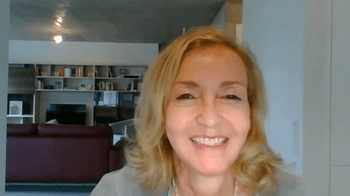
The global head of Neurodegeneration at Roche/Genentech shared insight into the development of the company’s NeuroToolKit and its use in its Alzheimer disease research.

The director of the Comprehensive Center for Brain Health at the University of Miami Miller School of Medicine provided context on greenhouse spaces and their preventive benefits in Alzheimer disease.
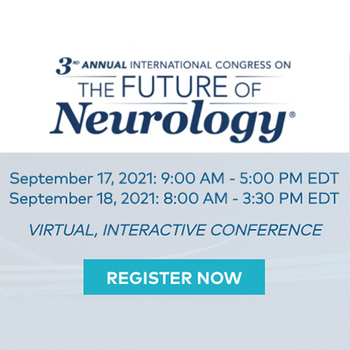
Program chairs Fred D. Lublin, MD, and Stephen Silberstein, MD, offer insight into the third annual IFN meeting, which is set for September 17-18, 2021, to be held in a virtual setting.

The director of the Comprehensive Center for Brain Health at the University of Miami Miller School of Medicine discussed the clinical significance of his findings on neighborhood tree canopy and brain health.
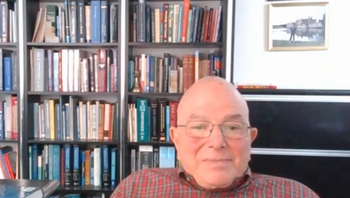
The director of the headache center at Jefferson University Hospital commented on what he is excited for at the upcoming International Congress on the Future of Neurology.
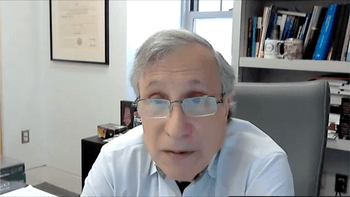
The director of the Corinne Goldsmith Dickinson Center for Multiple Sclerosis at Mount Sinai Medical Center spoke on what he is looking forward to at the 2021 International Congress on the Future of Neurology.

The director of the MedStar Georgetown Headache Center discussed the upcoming International Congress on the Future of Neurology and what attendees can expect to hear from experts in migraine.

The professor of health science at the Medical University of South Carolina discussed robust results from the phase 3 ADMET 2 study evaluating methylphenidate to treat apathy in Alzheimer disease.

The executive director of Banner Alzheimer’s Institute discussed the approval of aducanumab and the potential to address unmet needs and gaps in care for patients with Alzheimer disease.

The approval of aducanumab and other advancements in Alzheimer disease diagnosis remain at the forefront of discussion; Eric Reiman, MD, spoke on the state of diagnosis and those ongoing conversations.
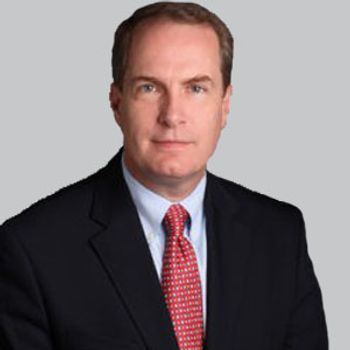
Mike Detke, MD, PhD, chief medical officer, Cortexyme, provided context on atuzaginstat’s high ceiling in Alzheimer disease, its regulatory path, and its unique dental substudy.

The executive director of Banner Alzheimer’s Institute discussed the future of blood tests as a biomarker that may help in addressing current challenges, including drug development.

The executive director of Banner Alzheimer’s Institute commented on ongoing research into amyloid plaque-reducing antibody therapies, the approval of aducanumab, and other initiatives with the ability to impact the treatment of Alzheimer disease.

The assistant professor at Cleveland Clinic provided thoughts on the barriers clinicians face when formulating and conducting Alzheimer disease clinical trials with repurposed drugs.

The executive director of Banner Alzheimer’s Institute discussed the current state of AD trials, as well as his perspective on ongoing efforts to establish prevention therapies.

The duo from the Critical Path Institute detailed the thought process behind evaluating the importance of specific biomarkers and their relation to disability progression in Alzheimer disease.

The chief medical officer of Cortexyme discussed the company’s investigational agent atuzaginstat, its mechanism of action, and the findings of the phase 2/3 GAIN trial.

Cummings and colleagues presented appropriate use criteria for the newly approved Biogen/Eisai agent at the 2021 Alzheimer’s Association International Conference.

AC Immune, the company presenting the data at the 2021 AAIC meeting, also recently acquired an a-syn vaccine, Affiris PD01.